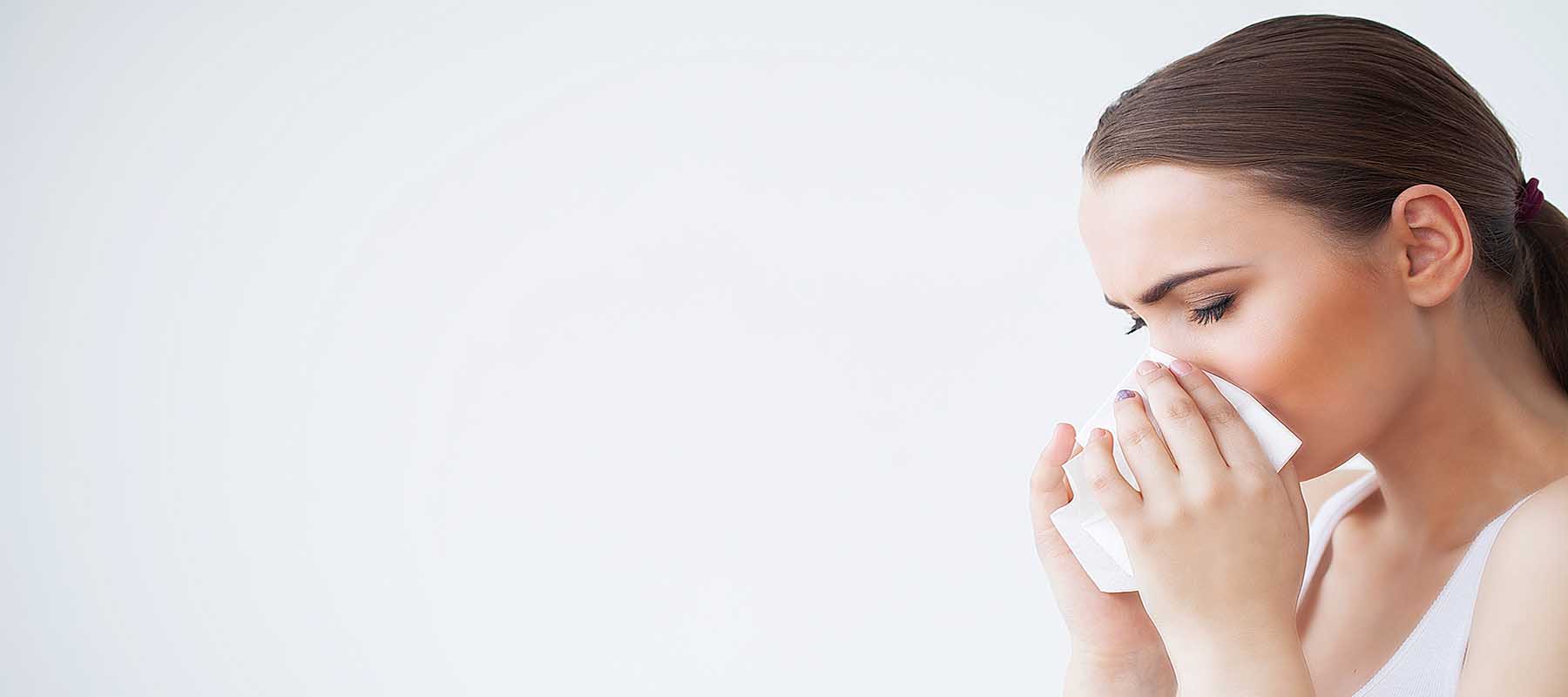Had an interesting conversation with a customer a few days ago about pollen allergy and cats.
This woman had several cats. She is not allergic to cats. However, she started having a problem that seemed to be caused by the cats.
They had no problems with regular cuddle time or sleeping with her. She had no allergy symptoms after these activities. However, when she let the kitties out in the morning and then brought them back in later, she noticed that she couldn’t pet them without sneezing and getting watery eyes. She started trying to connect her pollen allergy and her cats.
She wondered if the cats could bring in mold spores (she is highly allergic to mold) or pollen (she is allergic to pollen) on their fur. Of course! Pet coats are perfect for collecting mold spores and pollen.
That is why we always recommend keeping pets inside on windy or high pollen count days. We know the connection between mold and pollen allergy and cats. Did you?
She inquired if there wa a cat allergy spray she could use to take care of the “not-cat” allergens that were collecting on the cats. Of course!
Allerpet is not a spray, but it is perfect for taking care of these and any other allergens on the cat. It is also a great coat conditioner. Not only will you have an allergy-free cat, but you will have a shiny cat as well.
The same goes for dogs. If your dog goes outside, it will bring those outdoor allergens inside. Rover can spread pollen and mold all over the house. Allerpet works for dogs as well.
So don’t blame cat allergy if the cat makes you sneeze. It might just be something the cat is wearing.
The Allergy Store


 products are now washable.
products are now washable.